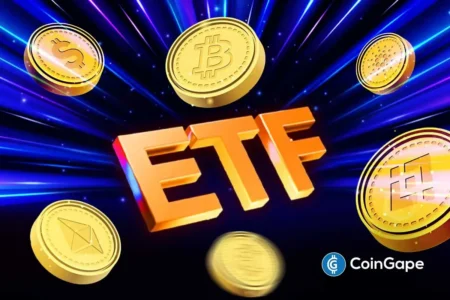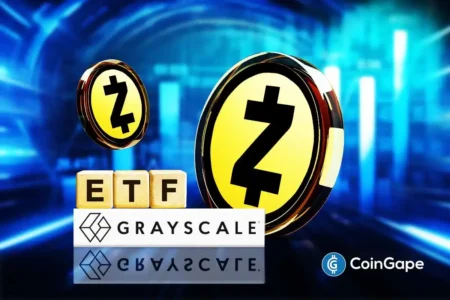Balancer Launches Fund Recovery Plans After $128 Million Exploit
In response to a significant exploit that resulted in the loss of $128 million, Balancer has initiated a comprehensive plan to reimburse the affected users. The project team has announced a detailed strategy for returning approximately $8 million in recovered assets to liquidity providers (LPs) impacted by the exploit that targeted its v2 pools. This article outlines the reimbursement strategy, the significance of whitehat involvement, and the claims process for affected users.
Understanding the Exploit and Recovery Efforts
Earlier this month, the Balancer platform faced a severe security breach that exploited vulnerabilities within its v2 pools. Cybercriminals manipulated internal token balances through minute rounding errors in the protocol’s calculations, leading to the unexpected draining of funds. Fortunately, a group of whitehat responders acted quickly, securing funds before the malicious actor could completely drain the pools. Their rapid response has been pivotal in laying the groundwork for the recovery process.
Thanks to the efforts of these ethical hackers, Balancer is now able to return a portion of the lost assets. Notably, the reimbursement plan is designed to distribute the recovered amount fairly across affected users and networks. Additionally, stakeholders from StakeWise are handling a separate $19.7 million in osETH and osGNO positions, running their own recovery process to assist impacted users.
Bounty Incentives for Whitehat Responders
In recognition of their crucial role in the recovery of funds, the whitehat contributors will receive bounties amounting to 10% of the assets they rescued. These rewards will be paid in the same tokens that were recovered, serving as both an incentive for future ethical conduct and a means of rewarding their contributions. To ensure compliance with Balancer’s Safe Harbor Agreement, all bounty recipients must undergo a verification process confirming their identity as whitehat actors.
The Foundation governing the Balancer platform has already approved the individuals entitled to these bounties, underscoring the platform’s commitment to transparency and security. This proactive approach not only benefits those directly affected but also enhances community trust in Balancer as a secure platform for decentralized finance (DeFi) activities.
The Claims Process Explained
Balancer has outlined a streamlined claims process for users who were directly impacted by the exploit. A claims interface will function similarly to a withdrawal portal, enabling affected users to connect their wallets that held Balancer Pool Tokens (BPT) at the snapshot block. After verifying their token balance, users will be required to sign a legal waiver that acknowledges the settlement terms, effectively releasing Balancer from any further liability.
Once approved, users will receive their recovered tokens immediately. The projected timeline for the claims window is between 90 to 180 days, which reflects the need for a thorough verification process. In the event that some funds remain unclaimed, these resources will be redistributed based on a future governance vote, fostering community involvement in the decision-making process.
Future Outlook and Community Engagement
The community’s discussion surrounding the reimbursement proposal is currently underway, allowing LPs and stakeholders to voice their opinions and concerns. If the proposal receives the necessary approvals, the claims portal could become operational as early as December or early January. Meanwhile, StakeWise’s recovery efforts will progress on a distinct timeline, ensuring that all affected users are considered in the recovery initiative.
In the wake of the recovery plans, the price of Balancer’s native governance token (BAL) has seen an uplift of 2% within a 24-hour period, suggesting positive sentiment in the community as they rally around the platform’s commitment to accountability.
Conclusion: A Path Toward Stability and Trust in DeFi
The swift and effective measures taken by Balancer following the exploit signal not only the resilience of the platform but also a dedication to user protection. By actively engaging whitehat responders and providing a clear reimbursement process, Balancer is cultivating a trustworthy environment in the risk-laden space of decentralized finance. As the claims process nears launch, the Balancer community will be watching closely, awaiting further developments that will shape the future of the platform and its governance.
In a world where security vulnerabilities can severely impact user confidence, Balancer’s proactive recovery efforts serve as a blueprint for how DeFi protocols can responsibly address challenges while reinforcing community trust.
















